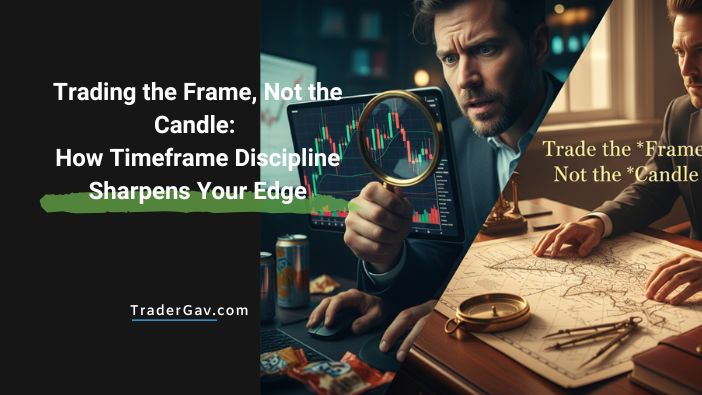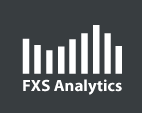
How refocusing on the right timeframe restores clarity and discipline
I noticed something last week.
The tighter I zoomed in, the more I lost the plot.
Each time I stared at the five-minute chart, pressure built, that quiet urge to act, to fix, to catch something. The smaller the chart, the louder the noise. I started managing every flicker as if it meant something. It didn’t make me precise. It made me reactive.
The problem wasn’t the market. It was where I was thinking from.
1. The Subtle Drift
My trading system is simple:
- The fifteen-minute chart (M15) sets structure — rhythm, direction, bias.
- The five-minute chart (M5) is for execution — entries and exits.
But somewhere between setups and outcomes, that hierarchy blurred.
I began reacting to M5 as if it were my decision chart. Every small swing looked urgent. I’d scale out too early, tighten stops too soon, and miss the M15 move entirely.
That drift feels productive.
You’re doing more, adjusting faster, yet it’s just motion without clarity. You trade activity, not process.
2. Returning to Frame Discipline
Trading isn’t only about what you see, it’s about where you look from.
When I manage from M15, the noise fades. I see the story again.
I stop reacting to each candle and start respecting the structure.
The lesson hit hard this week:
My job isn’t to catch every micro-move.
My job is to align with structure and let the structure work.
Managing trades through the wrong chart is emotional trading in disguise.
Now, I enter from M5, but all management, stops, targets, scaling comes from M15 structure. M5 stays open, but only for timing triggers. It no longer decides what happens next.
3. Practice Over Perfection
Some trades will reverse before hitting my M15 target. That’s fine.
Every time I stay aligned with the right frame, I reinforce consistency over control.
A quick rule I follow:
- Decide on the higher frame.
- Execute on the lower frame.
- Manage where the trade was decided.
Each time I manage a trade through the wrong chart, I’m trading discomfort, not data.
4. The Bigger Message
The real discipline in trading isn’t patience with price, it’s patience with perspective.
Every chart tells a story, but not every story deserves your attention.
This week’s reminder was simple:
Trade the frame, not the candle.
The smaller the chart, the louder the noise but the larger frame tells the truth.
Takeaways
- The smaller the chart, the stronger the emotional pull.
- Decision frame defines structure; execution frame defines timing.
- Micromanagement kills clarity and R multiple.
- Frame discipline is emotional discipline.


Leave a Reply